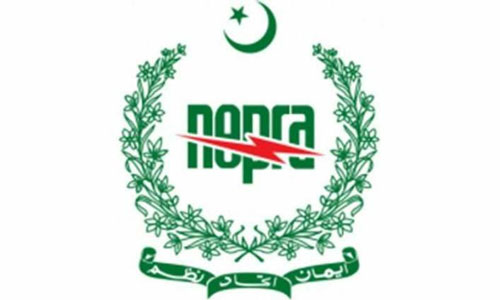Abid Saeed
Pakistan’s power sector as a whole is plagued with chronic financial challenges, which is largely attributable to theft, low ratio of recoveries, tariff issues, and unpaid dues, mostly by Federal and Provincial government entities. There is surplus power in the system with an ageing Transmission & Distribution system that is unable to get this power to the end user. However, it has been seen that there are more generation projects in the pipeline.
In an attempt to try and fix things, the government is moving towards a deregulated regime but the Competitive Trading Bilateral Contracts Market (CTBCM) itself sounds vague at this stage. Available information only provides a theoretical picture of what the CTBCM is meant to be and leaves many questions unanswered. There is no information available as to how the CTBCM model expects to resolve issues such as the capacity surplus in the system. While power generation capacity has almost doubled, the growth in units sent-out between 2018 to 2020 has remained only 0.2%.
The role of the regulator and public decision makers is highly important, but have to be assessed that the incoming model is for the good, or like the past is another experiment which may worsen the situation. Unfortunately, the material available on CPPA and NEPRA website does not offer any paper which assesses the implications of the proposed model on the Pakistan market and how it impacts the key challenges being faced by the sector. The material though does offer insight on what the model is and where it has been adopted from.
It appears that all the proposed Competitive Trading Bilateral Contract Model (CTBCM) by NEPRA is offering facilitation and institutionalizing large consumer choice, wheeling and competitive tariff-based bidding for new investments. Many stakeholders have raised questions as if the proposed option is the need of the hour and if we are ready for such a transformation?
The model has been adopted from Turkey where there was a power deficit at the time this model was adopted. However, Pakistan is in a power surplus situation and likely to remain for the next decade with expensive power already locked in.
Industry experts believe that allowing generators to hand pick bulk consumers from DISCOs at an unregulated rate with no service obligation, will lead to an increase in tariff for remaining regulated consumers and further worsen the T&D losses of DISCOs. Also wheeling responsibilities will remain with DISCOs so even those consumers who move to generation companies may face consequences as DISCOs being financially unsustainable will not be able to invest in the network, threatening the security of supply for all. This will only aggravate the situation going forward, and a deteriorating T&D system, coupled with the growth in generation will lead to ever increasing capacity payments, which is one of the biggest causes of the circular debt.
According to energy experts, the chronic issues in the power sector demands more prudent approach to first fix the issues before going for the open market model. There is a need for concrete efforts, including the restructuring of state-owned entities at top most priority. Most of the state-owned generation companies (GENCOs) operate at efficiency levels of around 30%, with some of them operating at levels as low as 25%, such as TPS Guddu Units 11 – 13. While the national grid is struggling to increase utilization despite significant addition in efficient generation – gas is being sold to inefficient captive plants at cheaper rates, and the economic merit order also needs to be revisited. The CTBCM model and resultant discussion offers no insight over this issue.
While the circular debt is the most talked about issue, it is however a symptom, and the effect of numerous issues that need to be addressed. It is the perfect barometer to gauge whether existing policies are working or not. For example, despite having witnessed an increase in the consumer tariff thrice in the last 18 months (increase of around 14%), circular debt has almost doubled over the past 2 years, reaching an alarming level of PKR 2.2 Trillion (almost 4.5% of GDP). Estimates suggest that the same will reach to around PKR 3.5 Trillion by 2025.
Despite the fact that the energy sector is critical to the progress of Pakistan’s economy, it has suffered because of a series of misaligned and reactive policies and finds itself at a critical stage today.
The issue needs further debate and discussion before moving forward. Decision makers need to share the implications of this model on the Pakistan power market with the public, and clearly define the tangible benefits, if any, from this transition. Will it be able to reduce the burden of GoP, facilitate poorer segments’ access to energy or will just increase the net worth of the worthy? Is the advent of a wholesale market really the need of the hour?










